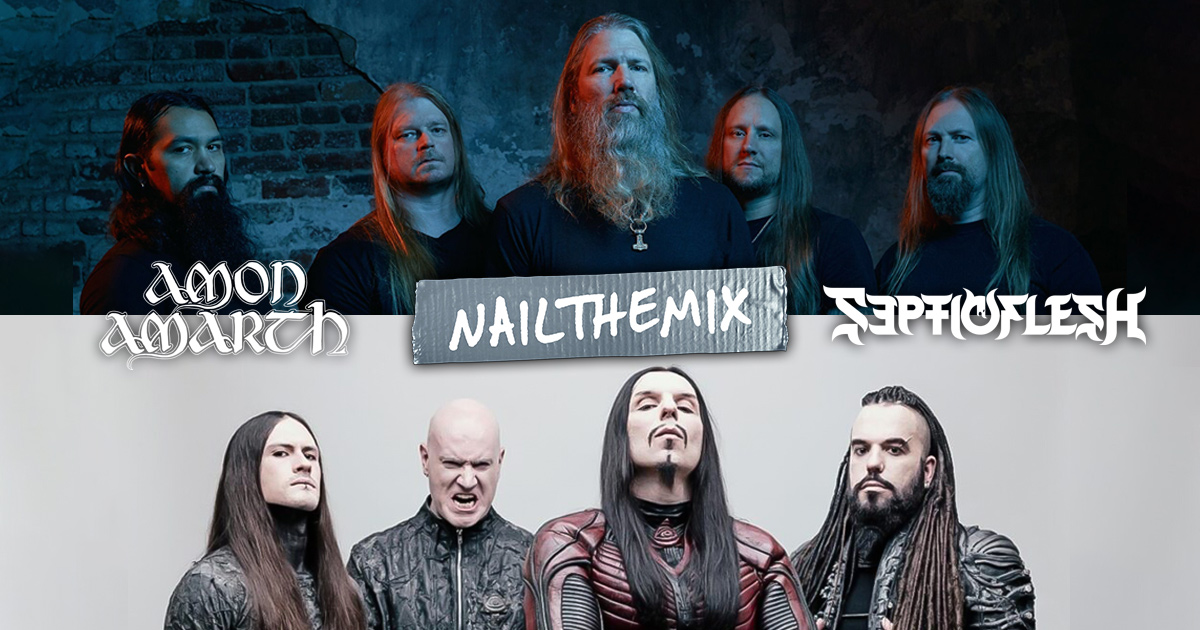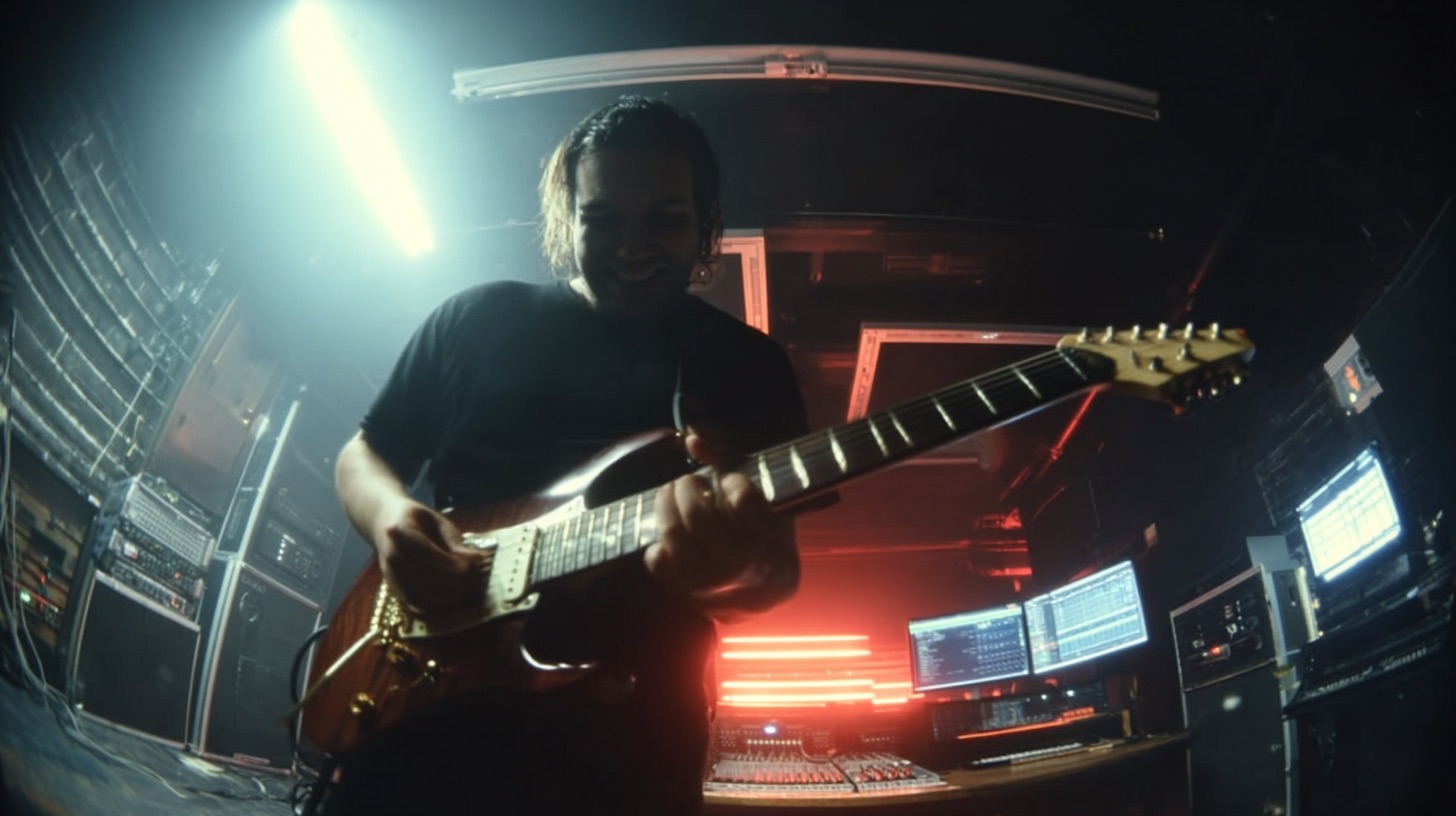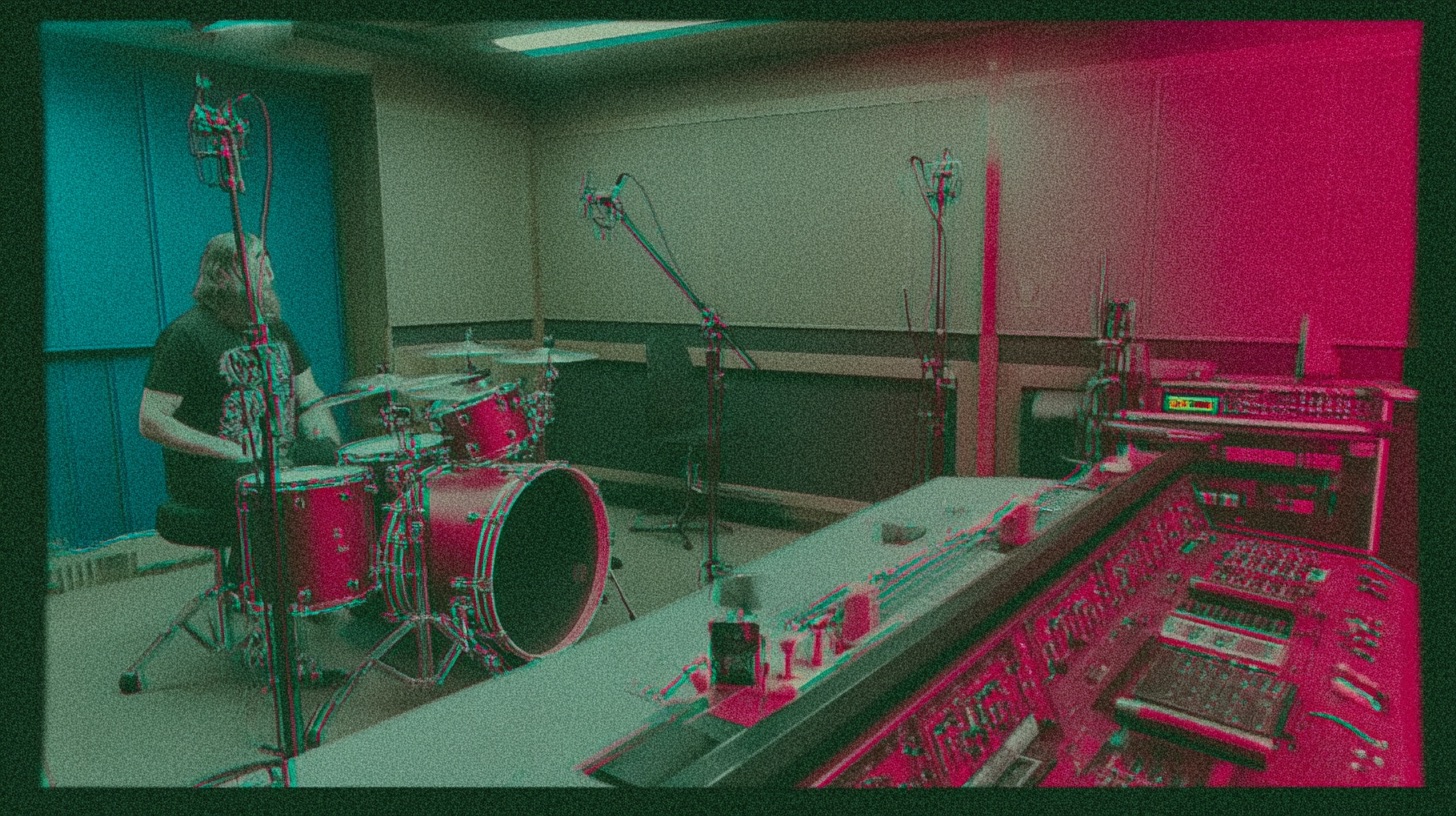
Mixing Septicflesh’s Massive Orchestra with Jens Bogren
Nail The Mix Staff
Let’s be honest, opening up a session with 50+ tracks of a real, breathing orchestra can be intimidating. Staring down close mics, room mics, first violins, second violins, winds, and brass… it’s a lot. How do you possibly make that fit into a brutal, fast-paced metal mix without turning it into a muddy mess or losing all its power?
The legendary Jens Bogren (Arch Enemy, Opeth, Amon Amarth) has an answer. While mixing the symphonic metal titans Septicflesh, he revealed his secret isn’t about obsessing over every single instrument. It’s about taking a “broad stroke” approach—managing the orchestra as a whole to make it sit perfectly in a dense metal track.
We dove into his methods from the Septicflesh session. Here’s a breakdown of how he tames the orchestral beast.
<h2>The Foundation: Balancing Close Mics & Room Mics</h2>
Before any fancy plugins, the first step is establishing a solid foundation. Jens separates the orchestral recordings into two main groups: the individual close mics on the instruments and the “trees,” which are the main room microphones capturing the overall sound of the space.
He starts by finding the right blend between these two groups. Interestingly, in this session, he noticed the stereo image of the tree mics was actually a bit wider than the close mics. His first move was to slightly tuck in the width of the trees while simultaneously widening the close mics. The goal is to create a cohesive stereo image where both sets of microphones feel like they belong to the same performance. This initial balance is the bedrock for all the processing that follows.
<h2>Creating Space with EQ and Reverb</h2>
With the basic balance set, it’s time to add depth, width, and that epic “scoring stage” sound that makes an orchestra feel larger than life.
<h3>M/S EQ for Surgical Stereo Widening</h3>
To get that extra width on the close mics, Jens doesn’t just grab a standard stereo widener. He opts for a more controlled approach using M/S (Mid/Side) EQ. This technique separates the audio into two components: the Mid (everything in the center of the stereo field) and the Sides (everything on the left and right).
Here’s his move:
- Lower the Mid (M) signal: He gently pulls down the level of the Mid channel. This reduces the energy in the center, making the sides feel more prominent by comparison.
- Boost Highs on the Side (S) signal: He adds a little high-frequency boost, or “sheen,” only to the Side channel.
This M/S trick widens the stereo image in a very natural way and adds a touch of expensive-sounding air without cluttering up the center of the mix where the kick, snare, bass, and vocals need to live. For more killer ways to shape your tones, check out our guide on EQ strategies for modern metal.
<h3>Placing the Orchestra in a Virtual Hall</h3>
Even an orchestra recorded in a beautiful scoring room can benefit from a little help to make it gel with a studio-produced metal track. Jens’s go-to tool for this is a convolution reverb, specifically loading a high-quality Impulse Response (IR) of a real acoustic space.
His favorite for this application is the Todd-AO Scoring Stage IR inside Altiverb. While you might think a grand cathedral or concert hall would be the obvious choice, he finds the Todd-AO IR is legendary for a reason—it provides a huge, lush sound that integrates beautifully into pop and rock mixes without becoming washy or distant.
Here’s his routing setup for maximum control:
- He creates a new stereo auxiliary track and places the convolution reverb on it, setting the plugin’s internal mix to 100% wet.
- He then creates sends from his main orchestral busses (both the close mics and the trees) to this new reverb track.
- He starts by sending more signal from the close mics than the tree mics to the reverb. This gives the direct sound more of the synthetic space while letting the natural room sound breathe.
- Finally, he blends the reverb in to taste using the aux track’s fader. He also puts an EQ on the reverb return itself to carve out some of the boomy low-end frequencies, keeping the mix clean.
<h2>Taming Dynamics for a Metal Mix</h2>
An orchestra’s massive dynamic range is its greatest strength… and its biggest challenge in a metal context. Those delicate, quiet passages can get completely lost, while the powerful crescendos can overwhelm everything. To control this, Jens uses compression, but not in the way you might think.
<h3>Transparent Control with Multi-Band Compression</h3>
Instead of a standard compressor that clamps down on the whole signal, Jens reaches for a phase-linear multi-band compressor. He calls it the most transparent type of compression, acting more like an automated leveler than an aggressive effect.
The goal isn’t to squash the life out of the performance but to gently rein in the dynamics so the orchestra stays present and powerful without jumping out of the mix. He notes that you can get up to 3dB of gain reduction without really “hearing” the compression working, which is perfect. Phase coherency is critical with a complex source like an orchestra, making a phase-linear model the ideal choice. Want to go deeper on this? Our page on metal compression secrets has you covered.
He even applies different settings to the close mics and the trees, compressing the close mics a bit more aggressively. This helps bring up the detail in the direct signal while letting the room mics retain more of their natural, airy dynamics.
<h2>Bringing It All Together</h2>
Jens Bogren’s approach to the massive Septicflesh orchestra is a masterclass in seeing the big picture. By focusing on broad strokes—balancing mic groups, shaping tone with M/S EQ, creating space with reverb, and using transparent dynamic control—he can tame a complex arrangement and make it punch hard in a brutal metal mix.
These are the exact kinds of high-level, real-world techniques that can elevate your own productions. Reading about them is a great start, but imagine watching a pro like Jens Bogren make these decisions in real-time on a real session.
Septicflesh on Nail The Mix
Jens Bogren mixes "Martyr"
Get the Session
With a Nail The Mix membership, you can do exactly that. You get access to the actual multi-tracks from bands like Septicflesh and Amon Amarth and watch the original producer mix them from scratch, explaining every single move. If you’re ready to see how the pros truly build these killer mixes, this is your chance to learn from Jens Bogren and other world-class producers. It’s time to move beyond presets and unlock your signature sound.
“`





